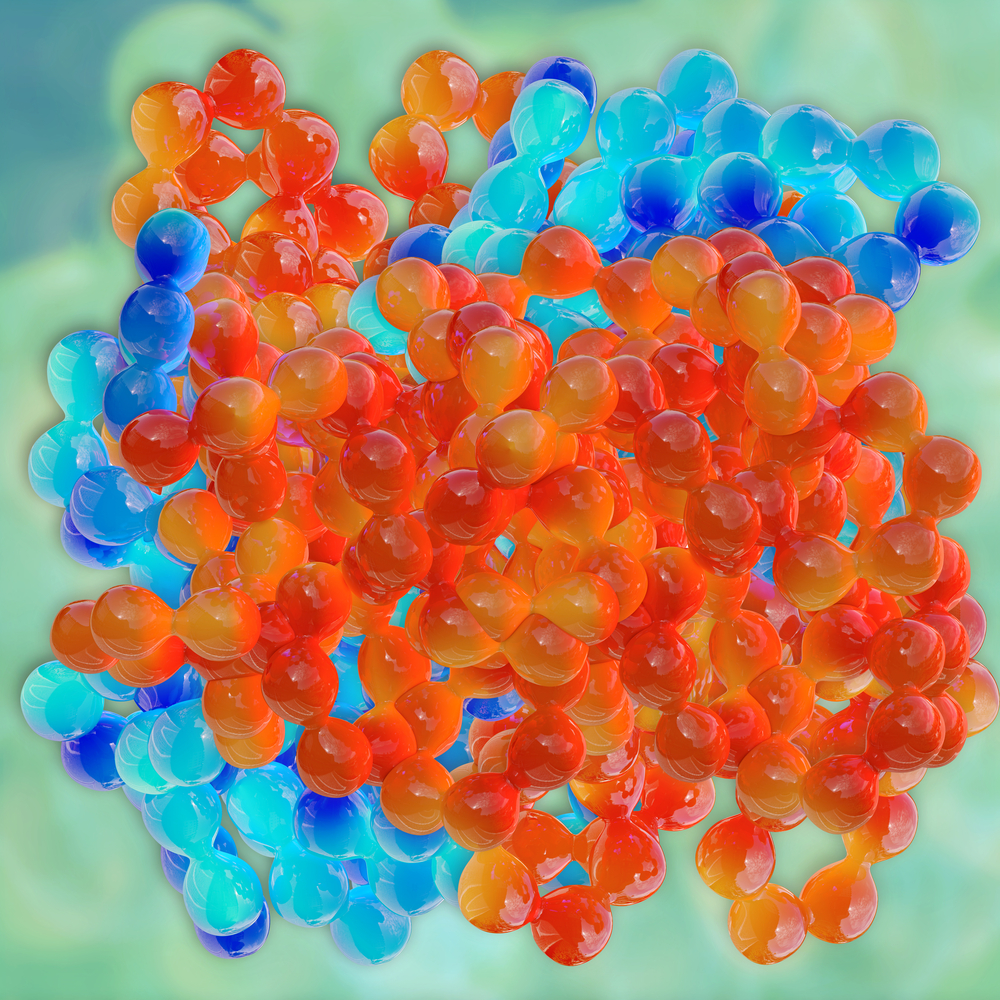Light-Operated Tool Will Offer New Insights Into Protein Assembly in ALS

By inserting gene coding for light-sensitive proteins into other cells, researchers have developed a tool for studying the way liquid-like protein structures assemble inside cells.
The tool will not only increase understanding of how cells work while healthy, but also contribute to research on diseases such as amyotrophic lateral sclerosis (ALS). In those diseases, protein-structure assembly goes awry, generating toxins that kill cells.
The study, “Spatiotemporal Control of Intracellular Phase Transitions Using Light-Activated optoDroplets,” was published in the journal Cell.
The liquid-like structures are known as membrane-less organelles. They are cellular structures held together by unknown forces in a soup of water and other cell components.
Scientists at Princeton University School of Engineering and Applied Science used advances in optogenetics to design a tool to study the assembly of these structures in living cells — a task that had been challenging until now.
The tool, which the research team calls an optoDroplet, prompts proteins to assemble when exposed to light.
“This optoDroplet tool is starting to allow us to dissect the rules of physics and chemistry that govern the self-assembly of membrane-less organelles,” Clifford Brangwynne, senior author of the study, said in a press release. He is an assistant professor of chemical and biological engineering at Princeton.
Scientists know that the formation of membrane-less organelles involves what is known as phase transitions. Such transitions are a common property of chemical and biochemical compounds. A common example is water vapor turning to drops of water and then to ice when cooled down (or the other way around).
While water transitions depend on temperature, protein phase transitions are caused by changes in the concentrations or structure of proteins, the Princeton researchers had previously learned.
“The basic mechanisms underlying this process are very poorly understood, and if we get a handle on it, there might be a hope for developing interventions and treatments for devastating diseases connected with protein aggregation, such as ALS,” Brangwynne said.
With light-sensitive proteins in place, the team learned that they could trigger the formation of the liquid-like protein structures by switching the light on. When they turned the light back off, the structures dissolved. The process could be repeated again and again without changing the properties of the structures.
Increasing the light’s intensity and the protein concentration allowed the team to change the tendency of liquid protein droplets to form. Importantly, they noted that at high light intensity and high protein concentrations, semi-solid gels formed instead of the liquid-type organelles.
One of the proteins the team studied was FUS, a well-known contributor to ALS. Initially, the team found that FUS protein gels changed shape and dissolved when reversing conditions. But over time, they became solid lumps, unable to dissolve, similar to what can be seen in people with ALS.
“OptoDroplet provides us a level of control we can use to precisely map what we call the phase diagram in living cells,” Brangwynne said. “With that, we’re beginning to understand how cells use their natural machinery to move through this intracellular phase diagram to assemble different types of organelles.”
“The proteins targeted by optoDroplet are an important constituent of phase-separating proteins, many of which are also associated with infamous diseases,” said Edward Lemke, a researcher at the European Molecular Biology Laboratory in Germany, who was not involved in the Princeton study.
“This is fundamental science we’re doing, answering basic questions about phase transitions in cells,” said Brangwynne. “But we’re hoping these insights will reveal not only how healthy cells work, but also how they can become diseased, and maybe eventually cured.”






